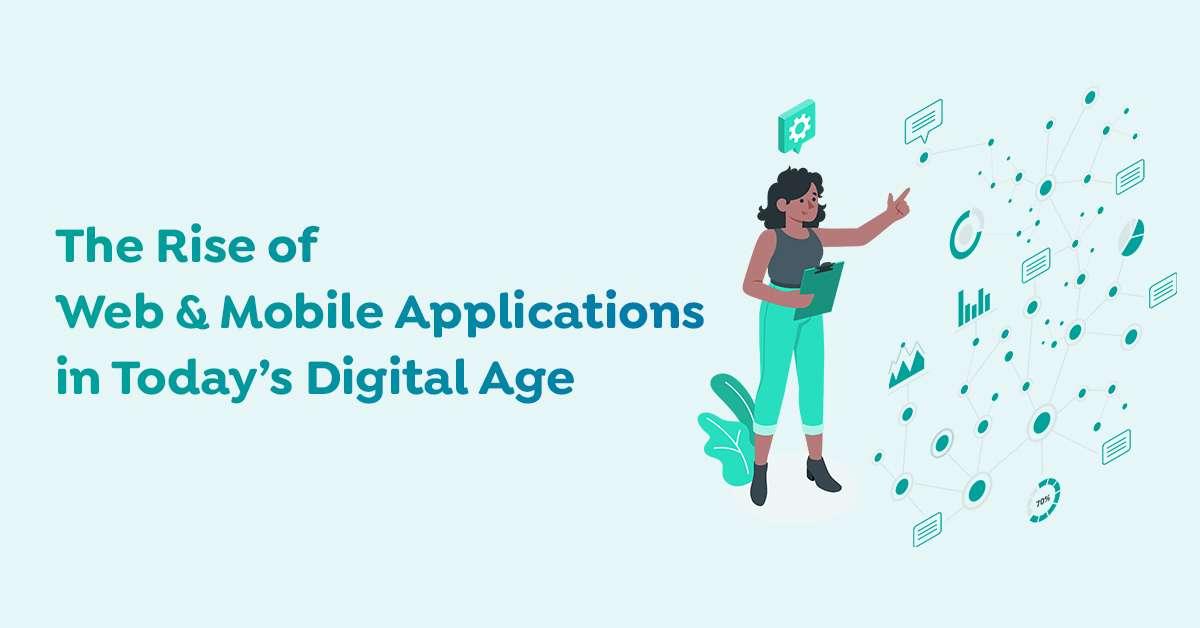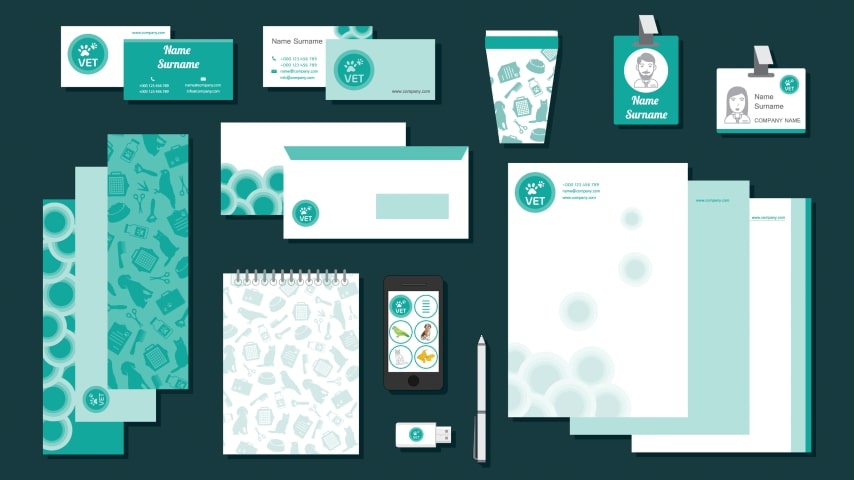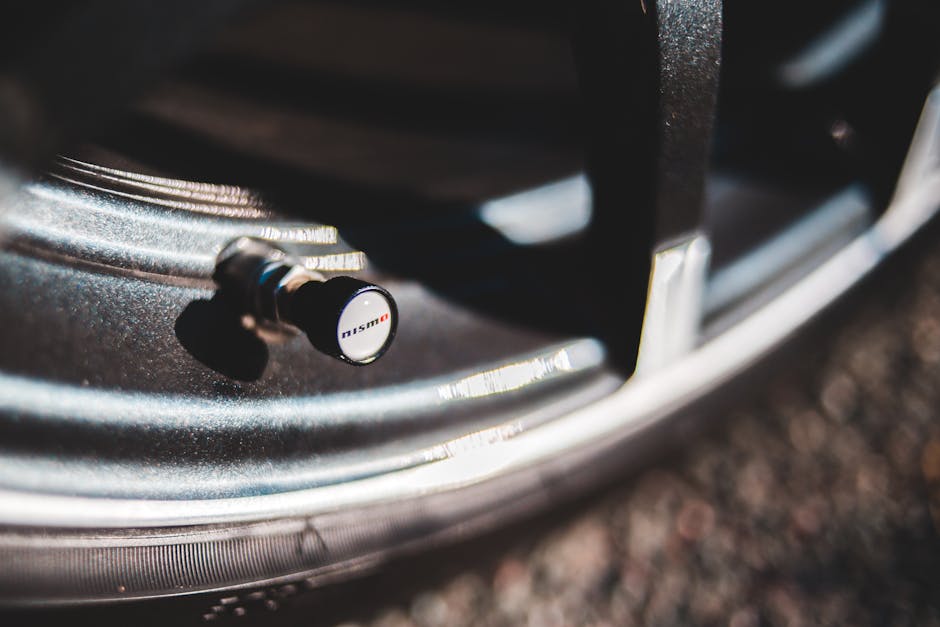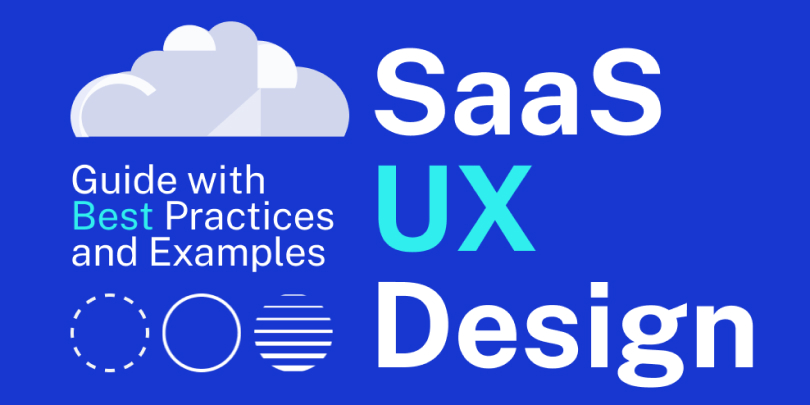
In a world where our attention spans are shorter than a goldfish’s and our eyeballs are practically glued to design/” title=”Law Firm Logo Design”>logo-design/” title=”Types of Logo Design”>screens, having a killer logo is more important than ever. But fear not, my fellow design enthusiasts, for we have the tools and technology to craft digital-forward logos that will make even the most jaded millennial do a double-take. So grab your sketchpad, fire up your Adobe Creative Suite, and get ready to dive into the wonderful world of logo design in the digital age. Let’s pixelate and illuminate, baby!
Understanding the Brand Identity
So, picture this: your brand identity is like your pet goldfish. You need to take care of it, feed it, and make sure it looks good in its little fishbowl. What does your goldfish like to eat? What kind of decorations does it prefer in its bowl? These are the questions you need to ask yourself when crafting your brand identity.
First things first, your brand identity is like your superhero costume. It’s what makes you stand out in a sea of caped crusaders. Your logo, color palette, and fonts are your trusty sidekicks, helping you fight off the villains of blandness and mediocrity. Make sure they’re well-coordinated and ready to save the day.
Next, consistency is key. Just like how you wouldn’t wear a clown suit to a funeral (unless you’re a very adventurous clown), your brand identity needs to be consistent across all platforms. Whether it’s your website, social media, or business cards, make sure your goldfish…I mean, brand identity, looks the same everywhere.
And finally, don’t be afraid to experiment and have fun with your brand identity. Think of it like giving your goldfish a little underwater castle to explore. Throw in some new ideas, try out different designs, and see what sticks. Who knows, you might just create a brand identity that makes a splash!
Research and Exploration of Digital Trends
Who’s ready to dive deep into the wild world of digital trends? Let’s strap on our virtual backpacks and embark on an adventure like no other. We’ll be navigating the treacherous waters of social media, braving the untamed wilderness of technology, and uncovering hidden gems in the vast landscape of the internet.
Our first stop on this epic journey? The ever-changing landscape of social media. From viral TikTok challenges to Instagram influencers taking over the world, there’s never a dull moment in this constantly evolving digital realm. Strap in, folks, it’s going to be a wild ride.
Next up, we’ll be delving deep into the mysterious world of technology. From the latest gadgets to cutting-edge advancements in AI, we’ll be exploring the outer limits of what’s possible in the digital universe. Get ready to have your mind blown and your reality warped in ways you never thought possible.
And finally, we’ll be scouring the internet for hidden treasures and emerging trends that are sure to shape the future of digital culture. From niche online communities to groundbreaking innovations, there’s no telling what we’ll discover on this epic quest for knowledge and exploration.

Simplifying Design for Scalability
When it comes to designing a scalable system, it can feel like trying to solve a Rubik’s cube blindfolded. But fear not, there are ways to simplify the process so you’re not left scratching your head in confusion.
One key aspect to keep in mind is modularity. Break your system down into smaller, more manageable components that can be easily scaled independently. Think of it like building a Lego set - you wouldn’t try to build the Death Star in one go, would you?
Another handy trick is to automate as much as possible. Set up scripts and tools to streamline the process of adding new servers or resources. Remember, we’re trying to scale up, not down a mountain of manual tasks.
Lastly, don’t forget about monitoring. Keep a close eye on performance metrics and usage patterns to anticipate when and where you’ll need to scale. It’s like having a crystal ball that tells you exactly when to add more resources before everything comes crashing down like a poorly stacked Jenga tower.

Utilizing Color Psychology in Logo Creation
Have you ever wondered why certain logos make you feel a certain way? It’s all thanks to the magic of color psychology! By strategically choosing colors for your logo, you can evoke specific emotions and leave a lasting impression on your audience.
When it comes to logo design, color plays a crucial role in conveying the personality and message of a brand. Here are some key tips for :
- Red: This bold and energetic color is perfect for brands that want to stand out and make a statement.
- Blue: Symbolizing trust and reliability, blue is a popular choice for tech companies and financial institutions.
- Yellow: Bright and cheerful, yellow is great for brands that want to exude happiness and positivity.
Remember, there’s no one-size-fits-all approach to choosing colors for your logo. It’s important to consider your target audience, industry, and brand personality when selecting the perfect color palette. So go ahead, get creative with color and watch your logo come to life!

Testing and Iterating for Optimal User Experience
When it comes to , it’s important to remember that Rome wasn’t built in a day. Just like how a fine wine needs time to mature, your user experience needs time to evolve into something truly spectacular. So buckle up, because we’re about to embark on a wild rollercoaster ride of testing and iterating!
First things first, grab your magnifying glass and Sherlock Holmes hat because we’re going on a hunt for any pesky bugs or usability issues. It’s like playing Where’s Waldo, but instead of finding a red and white striped man, you’re on the lookout for broken links and wonky buttons. Make sure to document everything you find so you can tackle them one by one in your quest for the perfect user experience.
Next up, it’s time to put on your mad scientist lab coat and start experimenting with different design elements. Mix and match colors, fonts, and layouts like you’re on an episode of Project Runway. See what resonates with your users and what makes them want to throw their computer out the window in frustration. Embrace the chaos and embrace the possibilities!
And finally, don’t forget to gather feedback from your users like a wise old guru sitting at the top of a mountain. Listen to their complaints, their suggestions, and their praise. Use this valuable information to refine and polish your user experience until it shines like a diamond in the rough. Remember, the journey to optimal user experience may be long and arduous, but the end result will be oh so worth it. Happy testing and iterating!
Implementing Adaptive Design Principles
Adaptive design principles can be a lifesaver in the fast-paced world of web development. By following these simple guidelines, you can ensure that your website is ready for anything that comes its way, like a boss.
First things first, embrace flexibility like it’s your long-lost twin brother. Make sure your design can adapt to different screen sizes, browsers, and devices faster than a squirrel on caffeine. Be like water, my friend, as Bruce Lee once said.
Next, pay attention to the details. Use media queries to control the layout of your site based on screen size. This way, you can make sure your site looks fly on any device, whether it’s a tiny smartwatch or a ginormous desktop monitor.
Lastly, don’t forget about performance. Optimize your images and code like you’re on a mission from the web gods. Remember, a slow website is like a snail in molasses – ain’t nobody got time for that!
FAQs
Why should a company prioritize crafting a digital-forward logo?
Because no one has time for looking up logos on a dusty old Rolodex anymore. It’s all about digital presence now, baby!
What are some key elements to consider when designing a digital-forward logo?
Think about how your logo will look on different devices – from a towering desktop screen to a teeny-tiny smartwatch. Size does matter!
How can a company ensure their digital-forward logo is versatile and adaptable?
Just like a chameleon adapts to its surroundings, your logo should be able to blend in and stand out in any digital environment. Versatility is key!
What role does simplicity play in crafting a digital-forward logo?
Keep it simple, sweetie! A cluttered logo will only confuse your audience. Less is more in the digital world.
How can a company test the effectiveness of their digital-forward logo?
Put that logo to the test on different platforms and devices. Ask your customers for feedback – they know what they like!
Ready to Digitally Craft Your Logo?
Congratulations, you’ve successfully navigated the digital wilderness and come out on the other side with a stylish, forward-thinking logo in hand. Now go forth, inspire envy in your competitors, and show the world what your brand is truly made of. And remember, in the wise words of Sir Mix-a-Lot, “I like big logos and I cannot lie.” Happy crafting!









